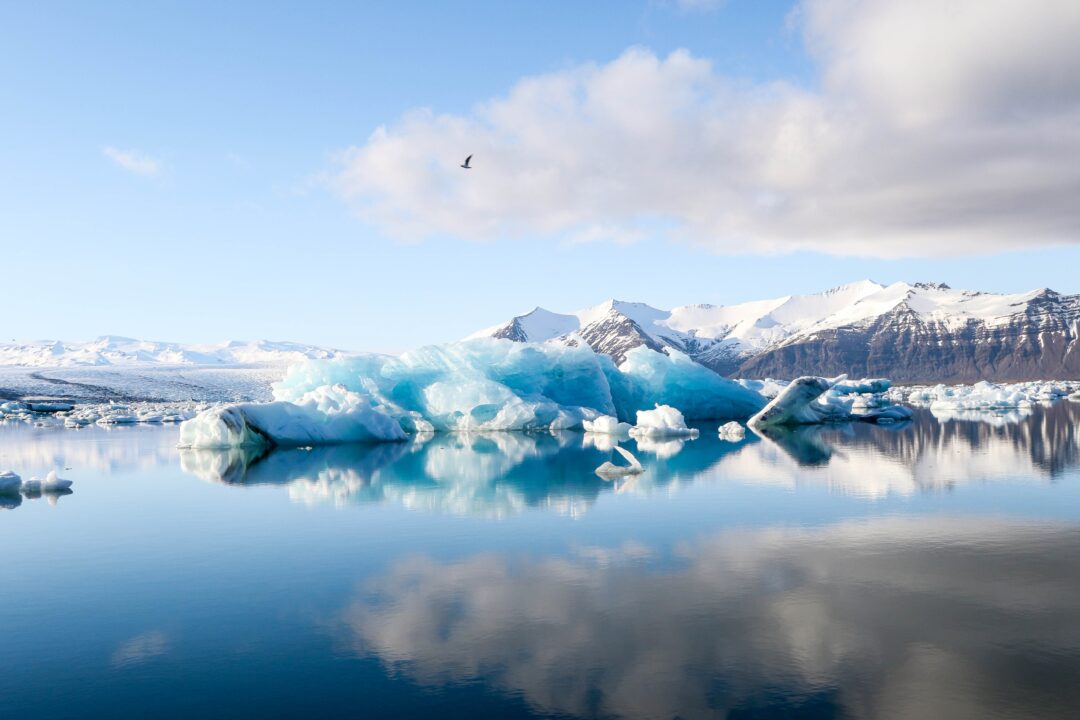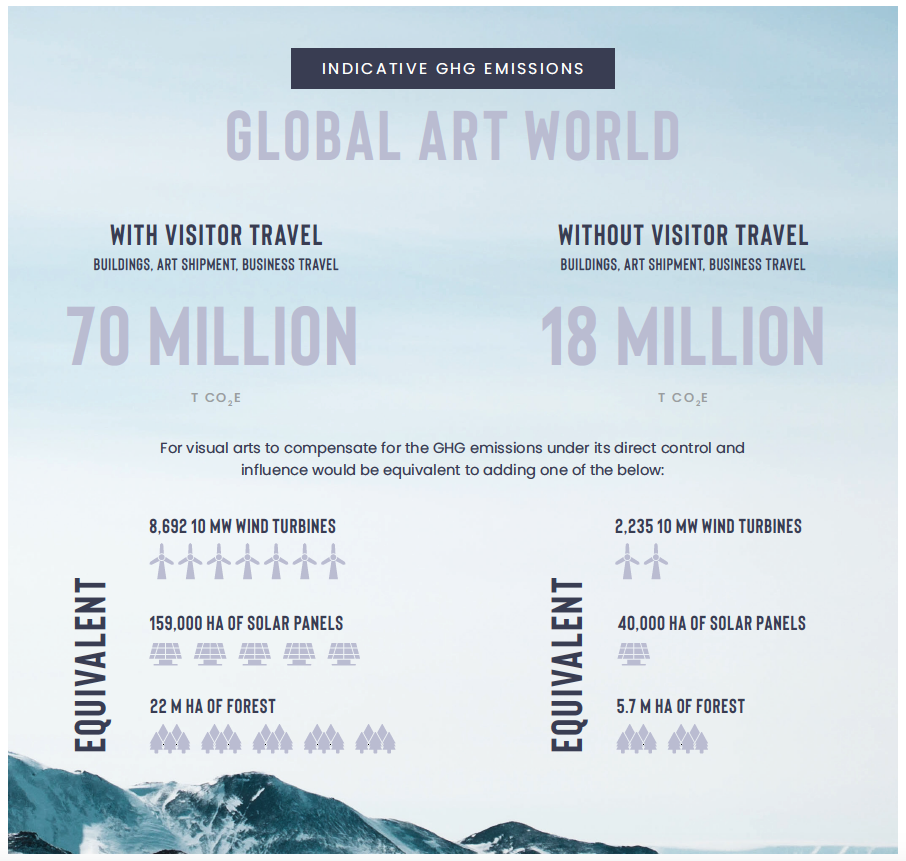- Posted on May 10th, 2021
The Art of Zero

An indicative carbon footprint of global visual arts and the transition to net zero.
In 2020, global sales of art and antiques reached an estimated $50.1 billion, compared to $64 billion in 2019. However, for all its cultural and economic value, the global art market has barely begun to engage with the most pressing issue of our time: the environmental crisis.
With thanks to the AKO Foundation, Julie’s Bicycle has produced a new study to model indicative greenhouse gas emissions of the global visual arts sector by activity areas. This report identifies opportunities for carbon footprint reduction and shares examples of climate action from the commercial sector. We are releasing this report as we look ahead to the delayed COP26 talks in November 2021, also with the aim of encouraging immediate action in the arts sector.
“So much of the world was put on hold during 2020-21: unfortunately climate change was not. Happily though, neither was debate about climate change and the need to achieve net zero greenhouse gas emissions.”
– Alison Tickell, Director of Julie’s Bicycle
The study was created with data from case studies including Studio Olafur Eliasson, whose works include Ice Watch London 2018 and Earth Speakr, Gallery Climate Coalition, Museum of Tomorrow, Christie’s, Onassis Stegi, Articheck, Artlogic, Tate Modern, Art Basel Online Viewing Rooms, CHART Art Fair, ROKBOX and Future Materials Bank.

To fund further research in this field, please contact us.
